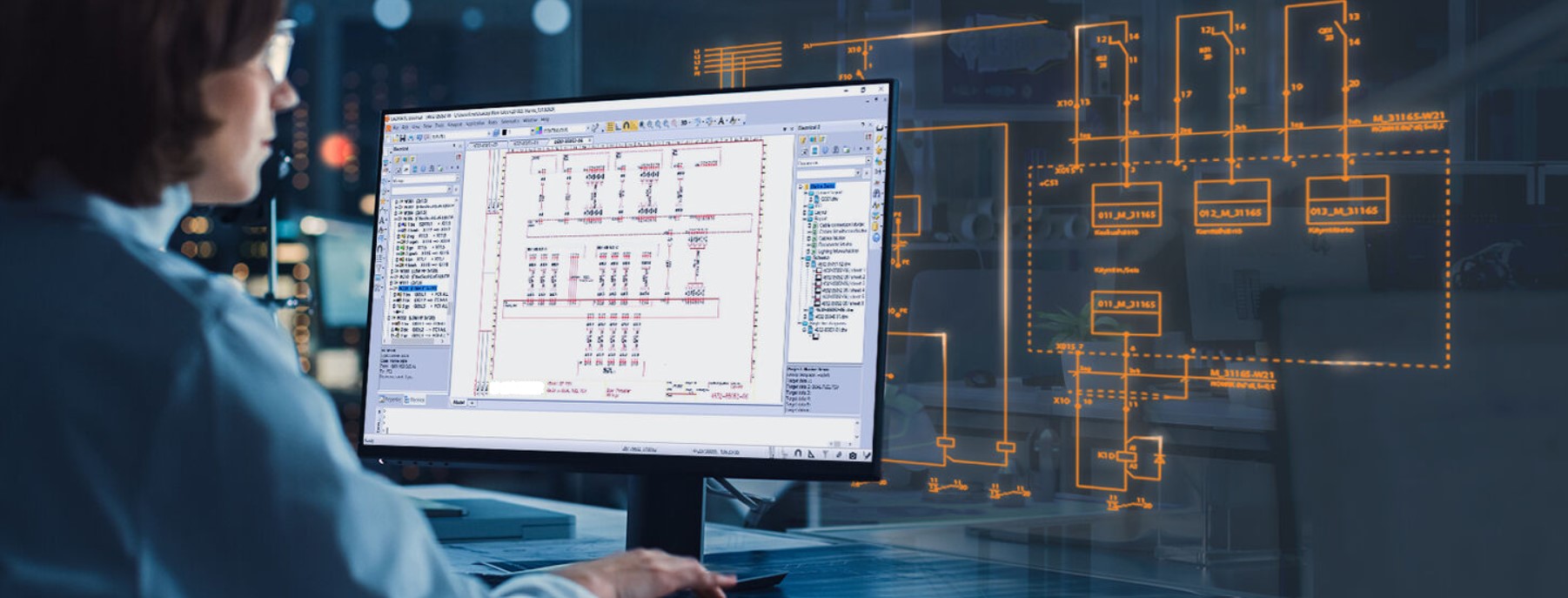Innovative Electrical Design Services for Modern Framework
As metropolitan atmospheres expand progressively complex, incorporating innovations such as clever grids and renewable energy resources comes to be paramount. These advancements not only guarantee to enhance energy consumption however also foster resilience versus future needs.
Relevance of Ingenious Electric Design
Cutting-edge electric design plays a crucial function in modern facilities, influencing not only effectiveness yet likewise sustainability. As cities progress and the need for energy rises, the need for advanced electric systems ends up being vital. These systems must not just fulfill present demands yet also expect future growth and technical advancements.
A well-executed electric design can significantly reduce energy usage, thus decreasing operational costs and decreasing environmental effect. By incorporating eco-friendly energy sources, such as solar panels and wind turbines, cutting-edge styles can enhance energy self-reliance and strength. Furthermore, smart grid innovations permit real-time tracking and monitoring of power distribution, enhancing performance and decreasing waste.
Security is one more critical element of electric design. Executing advanced innovations and strenuous criteria can minimize risks connected with electrical failures, making sure a secure environment for businesses and residents alike. Additionally, cutting-edge layouts help with adaptability, permitting infrastructures to incorporate arising modern technologies effortlessly.
Key Patterns in Electrical Design
As the landscape of electrical design proceeds to advance, several key trends are forming the future of the sector. One substantial pattern is the combination of smart innovation right into electric systems. The expansion of the Web of Things (IoT) has made it possible for real-time tracking and control of electrical devices, boosting effectiveness and assisting in predictive upkeep.
One more pattern is the expanding focus on modular design. This technique permits flexible and scalable services, making it possible for framework to adjust to altering demands without considerable improvements. Furthermore, the usage of advanced simulation tools and Structure Details Modeling (BIM) is coming to be increasingly common, streamlining the design process and boosting collaboration amongst stakeholders.
Moreover, innovations in products scientific research are resulting in the advancement of lighter, more resilient, and energy-efficient parts. This development is specifically essential for high-performance buildings and facilities projects.
Last but not least, there is a marked shift in the direction of data-driven decision-making - industrial electrical design. Leveraging data analytics assists designers optimize systems for efficiency and cost-effectiveness. With each other, these patterns represent a transformative age in electrical design, enhancing capability, sustainability, and resilience in modern infrastructure
Sustainable Power Solutions
Sustainable energy services are progressively becoming an important focus in electric design, reflecting a more comprehensive dedication to ecological duty and resource efficiency. These solutions aim to decrease environmental effect while optimizing energy usage in numerous frameworks, from domestic structures to large industrial centers.
One of the leading techniques involves the combination of renewable resource resources, such as photovoltaic panels and wind generators, into electric systems. This not only reduces reliance on fossil fuels however additionally boosts energy durability. In addition, innovative energy storage space systems, such as innovative batteries, allow reliable administration and circulation of energy, guaranteeing that excess power created throughout peak manufacturing can be utilized throughout high need periods.
Furthermore, energy-efficient design practices are being taken on to improve general system efficiency. This consists of making use of energy-efficient lights, a/c systems, and smart index building technologies that adjust and monitor energy use based on tenancy and environmental conditions.
Smart Grid Technologies
The application of lasting power services normally causes the exploration of wise grid innovations, which play an essential role in modernizing electrical systems. Smart grids leverage progressed interaction innovations and data analytics to improve the dependability, performance, and sustainability of power circulation. By integrating electronic innovation with traditional Continued grid framework, these systems assist in real-time surveillance, automated control, and enhanced decision-making capabilities.
Among the crucial attributes of wise grids is their capability to suit renewable resource sources, such as solar and wind power. This adaptability not only lowers reliance on nonrenewable fuel sources however additionally allows for a more decentralized power manufacturing version. Smart grids enable demand feedback programs, where consumers can adjust their power usage based on real-time rates, thereby promoting energy preservation and reducing peak lots demands.
Furthermore, clever grid innovations improve grid durability by allowing quicker recognition and resolution of failures, eventually lessening downtime. With anticipating maintenance and analytics, energies can boost and enhance operations solution distribution. As cities and communities remain to develop, smart grid technologies are crucial for constructing a efficient and sustainable electric infrastructure that fulfills the needs of modern-day society.

Future-Proofing Infrastructure
To ensure long-term feasibility and flexibility, future-proofing framework is crucial in the rapidly developing landscape of electrical design services. As innovation developments and power demands shift, it is critical that electric systems are made with versatility in mind. This requires integrating scalable remedies that can suit future upgrades without requiring extensive overhauls.

In addition, sustainability has to be a foundation of future-proofed layouts. Using renewable energy sources, such as solar and wind, and optimizing energy efficiency decrease dependence on fossil fuels, straightening with international initiatives to battle climate modification.
Final Thought
By prioritizing sustainability, adaptability, and efficiency, these services resolve the evolving needs of power systems. The assimilation of smart grid technologies and lasting try this site power services boosts durability and lowers operational costs.
A well-executed electrical design can significantly reduce power usage, thus decreasing functional prices and minimizing environmental effect. By including sustainable energy sources, such as solar panels and wind generators, cutting-edge designs can enhance power self-reliance and strength. Furthermore, ingenious energy storage systems, such as innovative batteries, make it possible for efficient administration and distribution of energy, guaranteeing that excess energy produced during optimal manufacturing can be utilized during high need periods.
Smart grids make it possible for need feedback programs, where customers can change their energy use based on real-time prices, thereby promoting power conservation and reducing peak tons needs. (electrical design services)
As technology advances and energy needs shift, it is crucial that electric systems are developed with adaptability in mind.